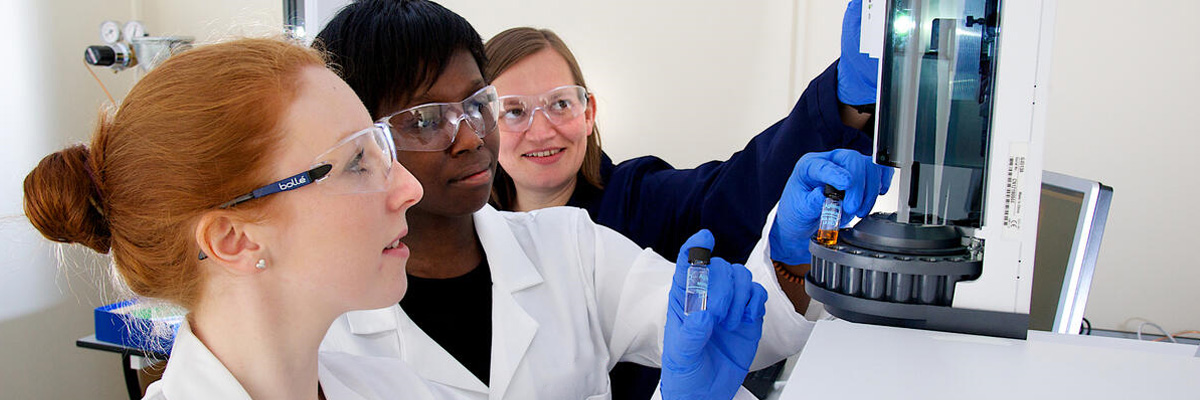Facilities
Vario MICRO Cube - CHNS analysis
Location: cTAP Building
Bookings: This instrument is run in automation with open access, there is no need to book the instrument if you wish to use it.
The Department is equipped with a modern CHNS microanalysis instrument that is maintained by Dr Nathan Halcovitch.
The Vario MICRO Cube can accommodate many sample types. This is due to a stable multipoint calibration that is matrix independent, as well as a large weighing range from micro (<1 mg) to macro (up to 800 mg) sample weight. It also has a large dynamic range for analysis of element concentration, for example from ppm up to 7 mg carbon or 10 mg nitrogen per sample. The instrument is highly automated with an integrated sample feeder for 120 samples.
The Micro Cube offers high-temperature combustion and quantitative sample digestion at up to 1200 °C with a jet injection of oxygen directly to the sample which leads to the highest possible oxygen concentrations at the point of combustion and therefore low gas consumption. The instrument performs the separation of gaseous components with one temperature-programmed desorption column, allowing for perfect separation without peak overlap.
Agilent 5100 ICP-OES
Location: cTAP B03 Instrument Room
Bookings: Agilent 5100 ICP-OES
Inductively coupled plasma optical emission spectroscopy (ICP-OES) is one of the most widely used techniques for monitoring metals content due to its inherent robustness and ease-of-use.
Fully dissolved samples are prepared by digestion in aqueous acids, possibly in combination with the CEM Discover SP-D. Sub-ppm detection limits are achieved through analysis of both vertical and radial view plasma analysis. Sample submissions require dissolving in approximately 10 ml of nitric acid.
X-ray Fluorescence
We can also use X-ray fluorescence for elemental analysis using the EDXRF, described elsewhere.




